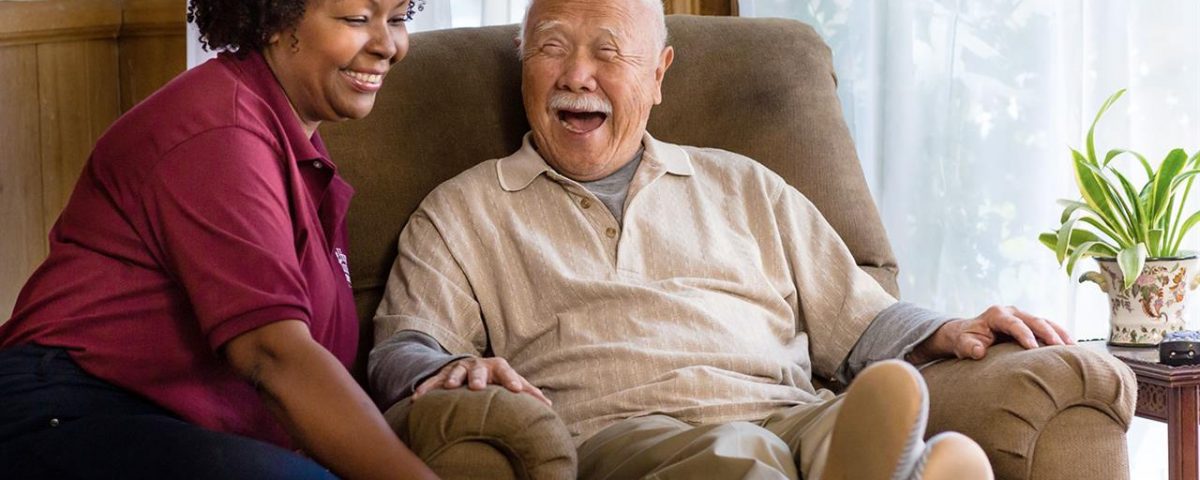
Increasing age & increased complexities of patients makes for increased LOS in order to appropriately address the chief complaint. – similar to above point, an 80 y/o cancer patient with CHF, DM, CAD, PVD who presents with fever and sore throat is a much different workup than the 8 y/o child with ST who is otherwise healthy. Trying to skip review of these confounders in order to decrease LOS would be foolish. – we have an aging population, in which multiple comorbidities, long drug lists, poorer communication skills, means an ED physician has to spend more time sifting through these confounders, which adds to LOS. What CMS (and developers/proponents of this specific measure) fail to understand is: The implication is that an efficient ED will be able to process all its discharged patients quickly and without delay, and that getting “in and out” quickly is better than staying in the ED for an extended period of time. The CMS website notes that shorter LOS for discharged ED patients is “better” without qualifying this. In the same manner in which you outline why return visits to ED is a poor marker of ED quality, we need to do away with using total length of stay (LOS) for discharged patients as a marker for ED quality. 2,3 These authors reflect on the utility of regional health information exchanges to further track and improve the care of patients having return visits and further improve the value of the emergency department in providing care for patients with ongoing medical issues that did not result in inpatient care on the initial visit.

Other studies have found return rates to any emergency department in a particular region average 7.55 percent over a five-year period. This is a very important baseline history.


Multiple studies have characterized the return visit rate as a poor marker of quality. Emergency Department Volume Increase Trend Continues Into 2014Įxplore This Issue ACEP Now: Vol 37 – No 03 – March 2018įor more than 20 years, emergency physicians have been faced with hospital programs that report ED return visits, usually in a 72-hour window.National Hospital Ambulatory Medical Care Survey Data Show Increase in Emergency Department Visits.What ED Performance Measures Should Mean to You.


 0 kommentar(er)
0 kommentar(er)
